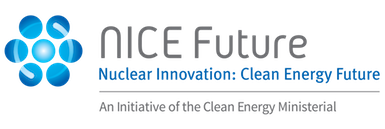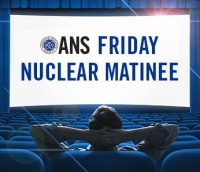DOE to award $30 million for new fusion research
The awards will fund research into artificial intelligence and machine learning approaches to developing fusion energy, as well as fundamental theory and simulation.
The Department of Energy announced on March 4 that it will provide $30 million for new research on fusion energy. The funding will provide $17 million for research focused specifically on artificial intelligence (AI) and machine learning (ML) approaches for the prediction of key plasma phenomena, management of facility operations, and accelerated discovery through data science, among other topics. An additional $13 million under a separate funding opportunity will be devoted to fundamental fusion theory research, including computer modeling and simulation, focused on factors affecting the behavior of hot plasmas confined by magnetic fields in fusion reactors.



